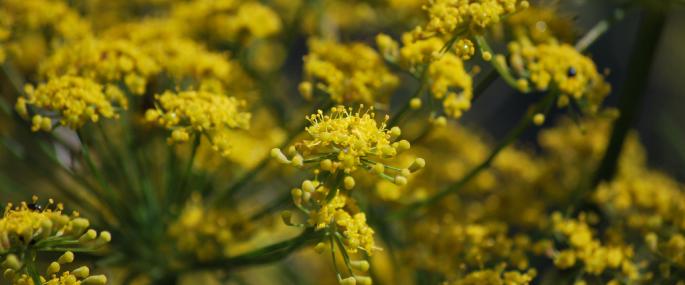With feathery leaves and open umbrella-like clusters of yellow flowers, Fennel is a distinctive member of the carrot family (umbellifer). It favours grassy, disturbed ground and can be seen along roadside verges, and on waste grounds and sand dunes. Possibly introduced by the Romans as a herb for cooking and medicine, it is certainly widely naturalised today, and can be seen flowering between July and October.
Although they sometimes don't look especially wildlife-friendly, our roadside verges and waste grounds can provide valuable habitats for all kinds of plants and animals. The Wildlife Trusts get involved in different projects to help make these places as beneficial for wildlife as possible. We have a vision of a 'Living Landscape': a network of habitats and wildlife corridors across town and country, which are good for both wildlife and people. You can support this greener vision for the future by joining your local Wildlife Trust.
